Introduction of Augmented and Virtual Reality
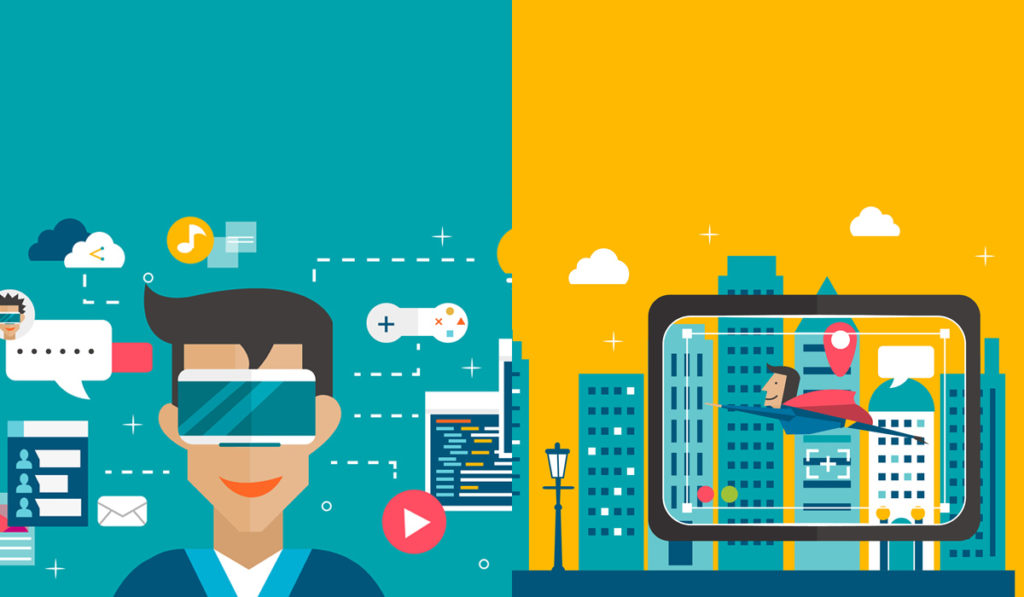
Augmented Reality and Virtual Reality are one of the few technology trends that could potentially define the future of the tech industry. Both technologies share similar traits, such as their ability to amalgamate the virtual world into our lives. As a result, many have mistakenly equated Augmented Reality to Virtual Reality.
The main differences between Augmented Reality and Virtual Reality are:
Augmented Reality
It overlays virtual and interactive 3D objects on top of the real world to give users the impression that the objects are right in front of them.
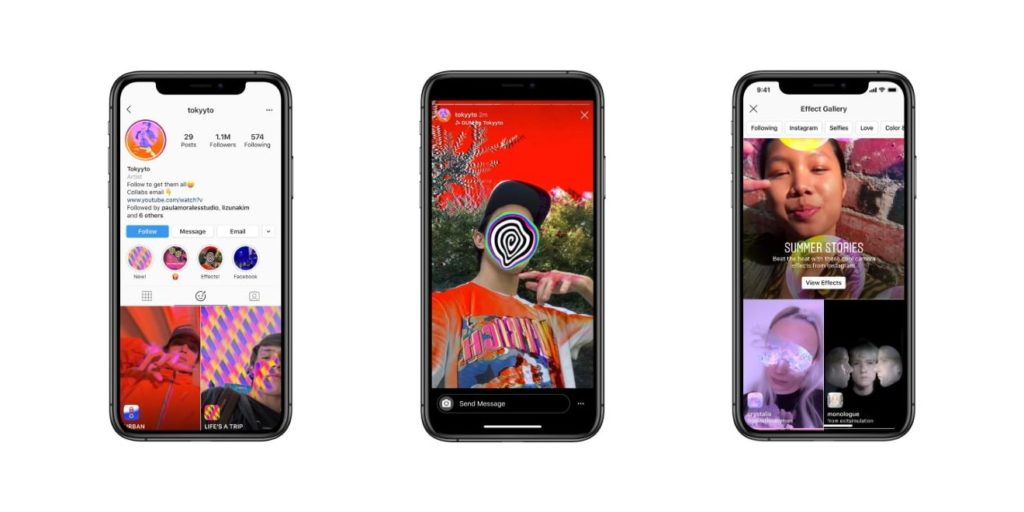
An example of an Augmented Reality is the AR Filter commonly used on Snapchat and Instagram apps. The Puppy Filter is one of the more popular on both applications. The filter alters the images captured by the camera by overlaying a pair of dog’s ears and a nose over the users’ face.
Virtual Reality
It creates an artificial, simulated environment for users through the use of technology.
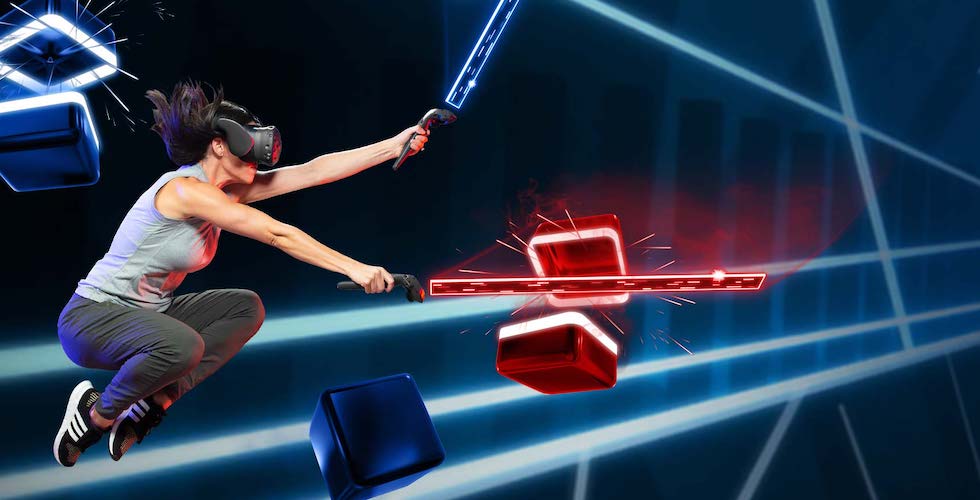
The PlayStation®VR is one of the many Virtual Reality products in the market. The console allows users to immerse themselves in a new reality and experience gaming in a different way. A popular game that many are familiar with is Beat Saber, a music-rhythm game where players are to slash the beats flying towards them in the Virtual Reality world.
How Have Augmented Reality & Virtual Reality Involved The Marketing Industry
In today’s world, consumers are getting increasingly tech-savvy. As a result, we face a new breed of consumers who have a high expectation of the shopping experience. Consumers want to experience the product and to ensure that the products suit their needs before deciding to make a purchase. This is where Augmented Reality & Virtual Reality may come in handy.Customers today have a higher expectation, they want to experience the product before they make a purchase. For example; Will the furniture be suitable for the customer’s new house? This is where Augmented Reality & Virtual Reality come into a good hand.
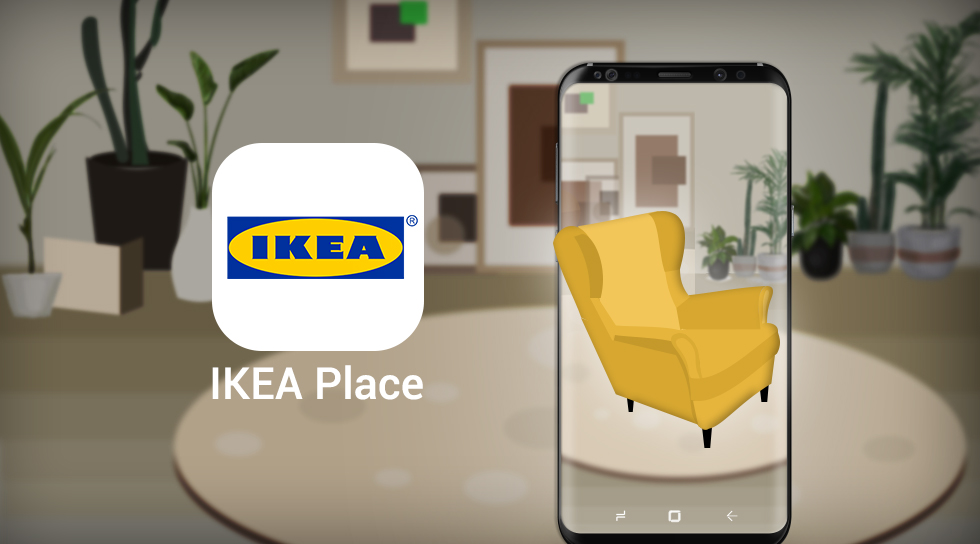
IKEA, for example, has successfully improved its customer’s shopping experience through the use of Augmented Reality. By overlaying the three-dimensional image of the furniture over the image of the user’s house that was captured by the camera. This allows the user to visualize how a particular piece of furniture would look like in their house. In the near future, Virtual Reality can also be used to improve the shopping experience. Virtual Reality allows customers to experience the product through a simulated environment. Those experiences bridge the omnichannel gap, improving user experience, and drive a better relationship with the customers.
The exceptional shopping experience will result in a significant and long-lasting impression for the customer. This will increase the leads, which will in turn increase the chances of converting the leads to sales.
Successful Augmented Reality and Virtual Reality Marketing Campaign in Singapore
1. McDonald’s Singapore

Recently, McDonald’s Singapore launched an Augmented Reality filter on Instagram. The filter overlays the images of a Hello Kitty Meal Carrier, a pair of Hello kitty’s ear, and a bow over the users’ self-portrait that was taken on a mobile phone. This campaign was an effort to promote Macdonald’s Limited Edition Hello Kitty Meal Carrier.
This campaign attracted the attention of Hello Kitty fans and Singaporean of all ages, there was a wide-spread use of the AR filter during the pre-sale period. Consequently, the Hello Kitty Meals Carrier was sold out on the first day of the release.
2. Samsung Singapore
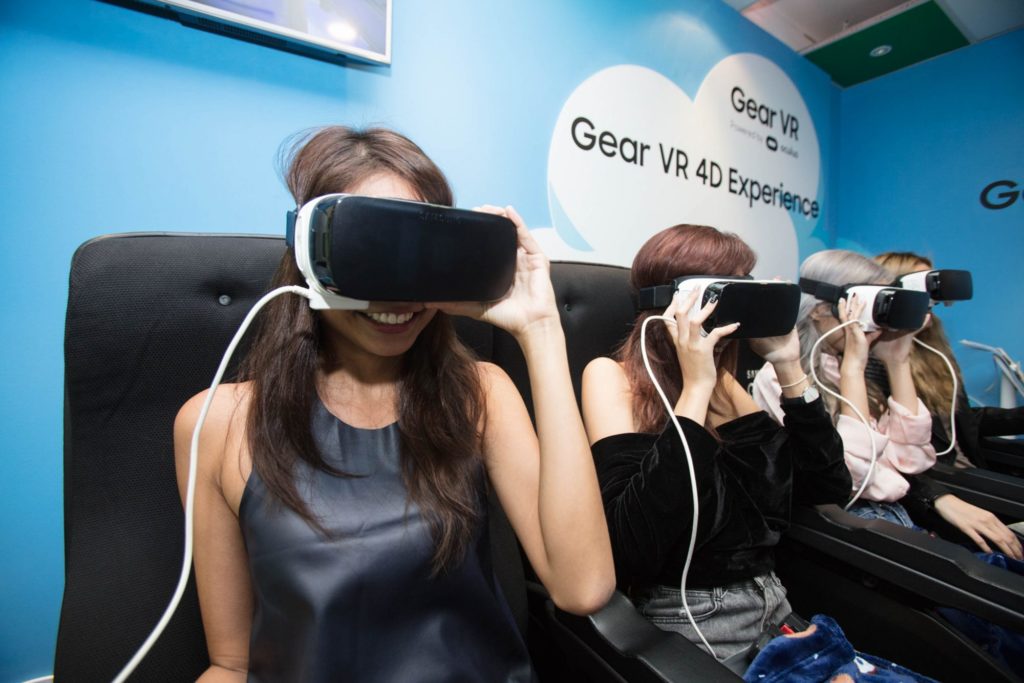
One of the most successful product launches is the release of Samsung Galaxy A70. Unlike the usual product launch, Samsung showed off the new VR capabilities of Galaxy A70 by inviting the media and shoppers to hop on a VR rollercoaster ride. Their unprecedented approach attracted media attention, resulting in extensive press coverage on them. The free publicity received has helped Samsung to increase their return on investment (ROI) since they did not have to pay to get their event advertised on different media channels.
Key Take Away (Reflection)
Based on my research and understanding, I have found that customers are often attracted to companies with effective marketing efforts. AR and VR technologies allow customers to better immersive themselves with the products and services. This will create a unique experience for the customers. Thus companies should start integrating such technologies for their future marketing plans.
While there has been an increasing trend in the use of AR and VR in marketing around the globe, a Google search on “Successful Virtual Reality Marketing Campaign in Singapore” would clearly illustrate the fact that the number of marketing campaigns utilizing AR and VR is limited. The top few results of the Google search show mainly the agencies that offer AR and VR services instead of showing various successful VR marketing campaigns in Singapore. Conversely, the results of successful VR and AR marketing campaigns floods the page where a Google search on VR marketing campaigns in other countries was done.
With such findings, this further proves that if any company were to work on a VR Marketing Campaign in Singapore today, it is very likely that the company will get lots of brand exposure due to its uniqueness in a Singaporean context.
A recommendation that I can suggest is companies can work on both an AR program like creating an Instagram filter for a pre-event campaign to tease Singaporeans about the upcoming VR roadshow. With the help of both AR (Pre Campaign) and VR (Mega Campaign), the company will benefit from the unique experience that it has given to the consumers.
